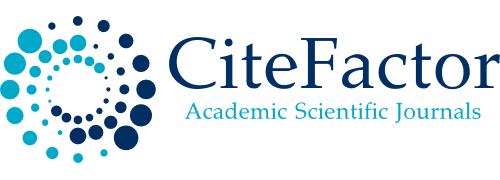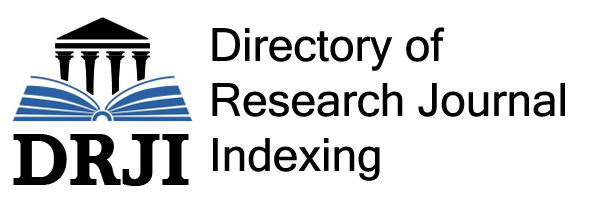Indexing & Abstracting







EDITOR- Say no to Cut and Paste; Outlook of IJPPR on Plagiarism
Globalization and technology are the backbones of today's culture, and things are changing at a breakneck pace. With each passing day, that memory is eroded by the various changes that one encounters on a daily basis. It was so powerful that even intellectual studies couldn't hold it at away. Any material can be eroded or universalized as a result of globalisation. Researchers, institutions, and publications all throughout the world have been impacted by these massive and quick changes.
The ultimate goal of any scientific or medical journal is to contribute to the advancement and innovation of the literature base of its target subject. However, publishing fraudulent, unethical, or incorrect research is a common practise these days, and it harms not only the reputations of the journal and the authors, but also the research field itself. Multiple article submissions, dual publishing, data plagiarism, and self-plagiarism are examples of scientific misconduct. Despite the publishing society's efforts, publication-related misbehaviour is on the rise, with retractions in scientific journals increasing by roughly 10-fold in the last 30 years. The Committee on Publication Ethics (COPE) and journal editors are responsible for everything published in their publications, thus they should make every effort to preserve the academic record's integrity and adhere to ethical norms. This demands stringent peer review and data cross-checking procedures that can detect and correct these irregularities. As a result, it is solely the duty of each journal and publishing house to evaluate every material to be published for any type of research misconduct; a responsibility that IJPPR takes seriously. IJPPR is completely devoted to publishing original, non-plagiarized research. It is “better to prevent wrongdoing than to deal with it after publication,” as a recent Nature opinion put it. As a result, we analyse and evaluate every piece for plagiarism shortly after it is submitted, adhering to this statement. In the case of peer review acceptance, the articles are only provisionally accepted till the data cross-checking is completed before final approval.
With 2296 publications in dentistry alone, India is placed 10th in the world in terms of number of publications, but a H index of “25” (H index or Hirsch number is an index that aims to quantify both the productivity and impact of a scientist or scholar's published work). The United States and the United Kingdom are first and second in the rankings, with 22969 and 8,069 publications, respectively, and an H-index of 137 and 92. 2 The point of worry here is that, though Switzerland's position is lower than India's, i.e. 14th with 1887 publications, the H-index is still
far too high, standing at a proud 77. Switzerland has the highest research quality, but the United States is a close second. In comparison to India, countries such as Chili, Kenya, Sri Lanka, Nepal, and Ghana have a higher average publishing quality. 2nd (based on number of citations). Increased production in terms of number (of publications) does not imply an improvement in the average quality of Indian articles. In terms of quantity, India has always been at the top, but the quality is deteriorating.
Even if more regular research is being moved to India and a bigger number of universities and institutions are being developed, there are still Signs of Stagnation3, as the old adage goes. “You can put millions of farmers to work, but a green revolution requires actual scientists.” Similarly, a growth in the number of publications does not always represent an improvement in the country's degree of scientific research, and the real-life picture is rather concerning.
As a result, our advice to writers on how to avoid plagiarism is to make sure that all content in a submitted work is unique and unique, and that no previously published data is copied and pasted. Authors must ensure that all sources are correctly credited and, if required, quoted. Content from another work should be recast in the author's own words in sections that include comparable text. It is also possible to refer to the original publication without duplicating the content. Both the publisher and the researcher share responsibilities for preventing plagiarism and self-plagiarism. IJPPR is always working on new regulations and standards to support the greatest possible translation of legitimate research into knowledge through publishing. We intend to continue to develop and check plagiarism at the beginning stages with mutual co-operation and effort from writers in order to prevent ever having to print a retraction.
References
Dr.Akhil Sharma Managing Editor
